Interior Point Methods of Mathematical Programming
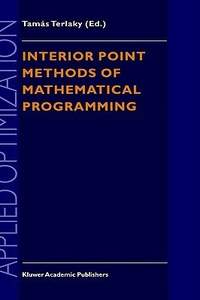
Summary
One has to make everything as simple as possible but, never more simple. Albert Einstein Discovery consists of seeing what every body has seen and thinking what nobody has thought. Albert S. ent_Gyorgy; The primary goal of this book is to provide an introduction to the theory of Interior Point Methods (IPMs) in Mathematical Programming. At the same time, we try to present a quick overview of the impact of extensions of IPMs on smooth nonlinear optimization and to demonstrate the potential of IPMs for solving difficult practical problems. The Simplex Method has dominated the theory and practice of mathematical pro gramming since 1947 when Dantzig discovered it. In the fifties and sixties several attempts were made to develop alternative solution methods. At that time the prin cipal base of interior point methods was also developed, for example in the work of Frisch (1955), Caroll (1961), Huard (1967), Fiacco and McCormick (1968) and Dikin (1967). In 1972 Klee and Minty made explicit that in the worst case some variants of the simplex method may require an exponential amount of work to solve Linear Programming (LP) problems. This was at the time when complexity theory became a topic of great interest. People started to classify mathematical programming prob lems as efficiently (in polynomial time) solvable and as difficult (NP-hard) problems. For a while it remained open whether LP was solvable in polynomial time or not. The break-through resolution ofthis problem was obtained by Khachijan (1989).
Similar Books
-
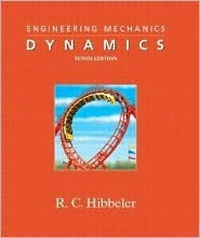 Engineering Mechanics: Dynamics
Engineering Mechanics: Dynamicsby Russell C. Hibbeler
-
 Classical Recursion Theory (Studies in Logic and the Foundations of Mathematics)
Classical Recursion Theory (Studies in Logic and the Foundations of Mathematics)by Piergiorgio Odifreddi
-
 Formulas for Stress, Strain, and Structural Matrices
Formulas for Stress, Strain, and Structural Matricesby Walter D. Pilkey
-
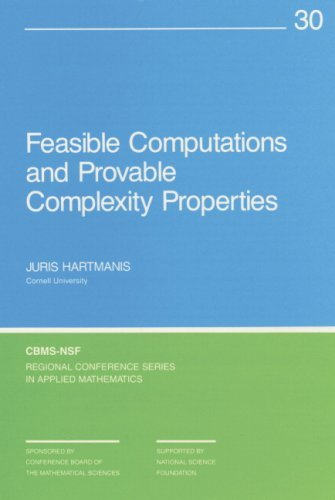 Feasible Computations and Provable Complexity Properties
Feasible Computations and Provable Complexity Propertiesby Juris Hartmanis
-
 The Simplex Method: A Probabilistic Analysis
The Simplex Method: A Probabilistic Analysisby Karl Heinz Borgwardt
-
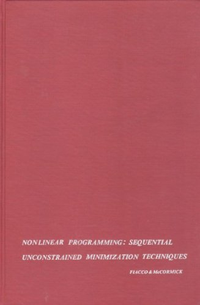 Nonlinear Programming: Sequential Unconstrained Minimization Techniques
Nonlinear Programming: Sequential Unconstrained Minimization Techniquesby Anthony V. Fiacco
-
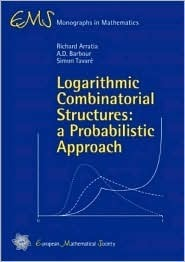 Logarithmic Combinatorial Structures: A Probabilistic Approach
Logarithmic Combinatorial Structures: A Probabilistic Approachby Richard Arratia
-
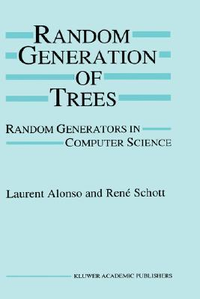 Random Generation of Trees: Random Generators in Computer Science
Random Generation of Trees: Random Generators in Computer Scienceby Laurent Alonso